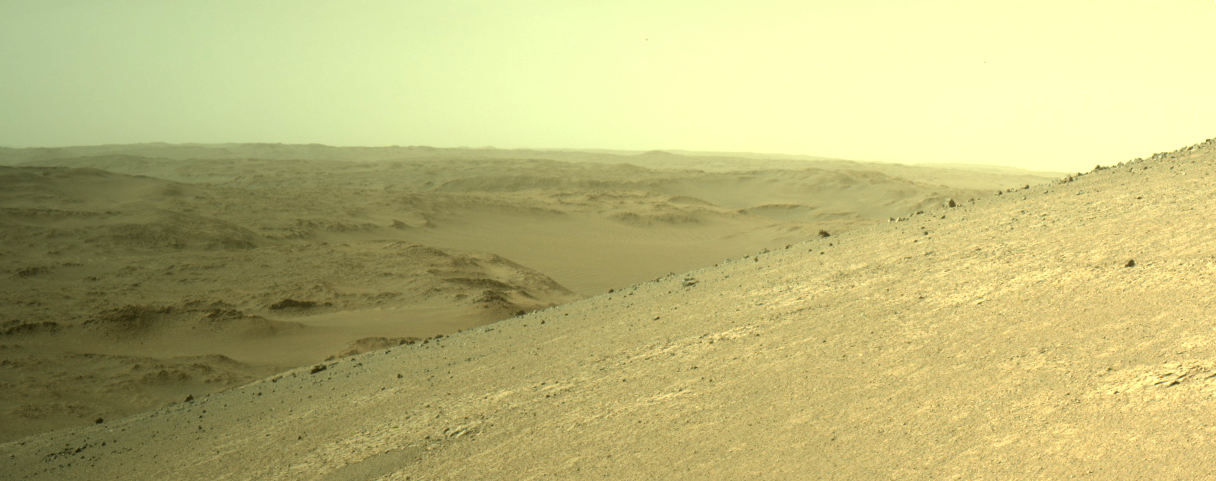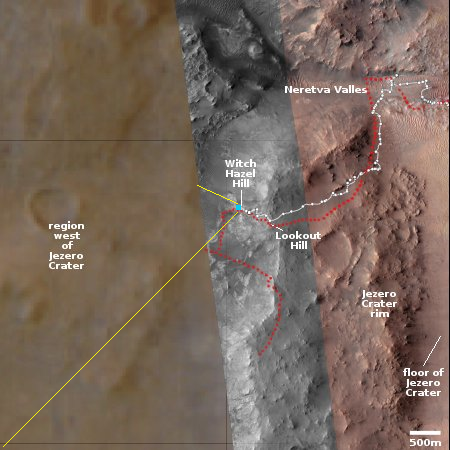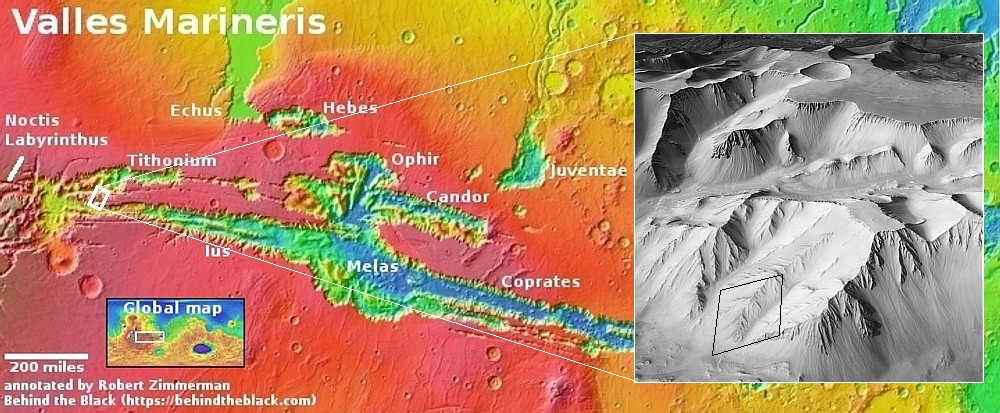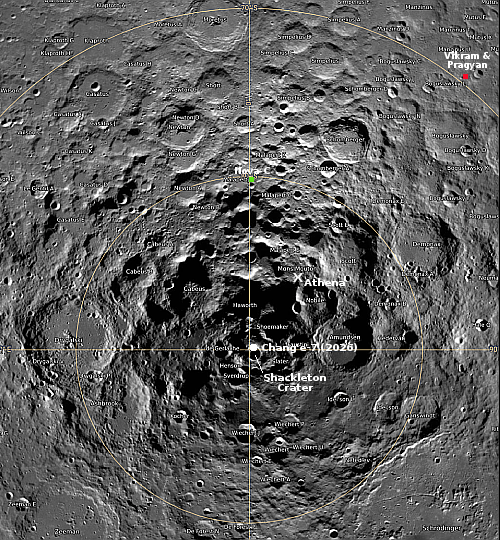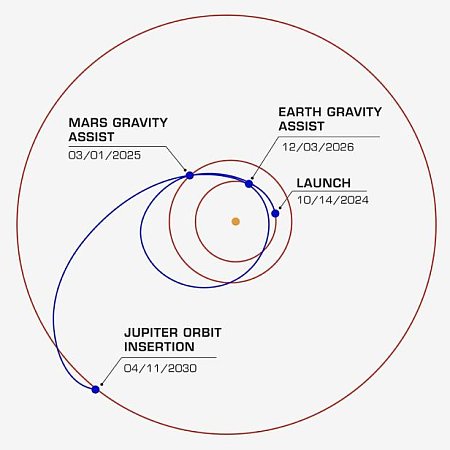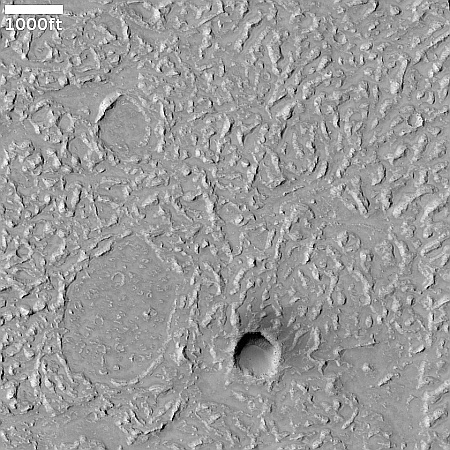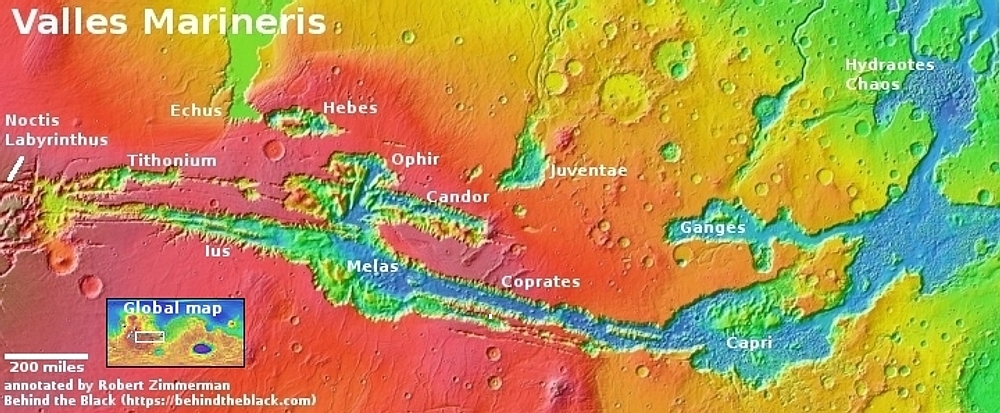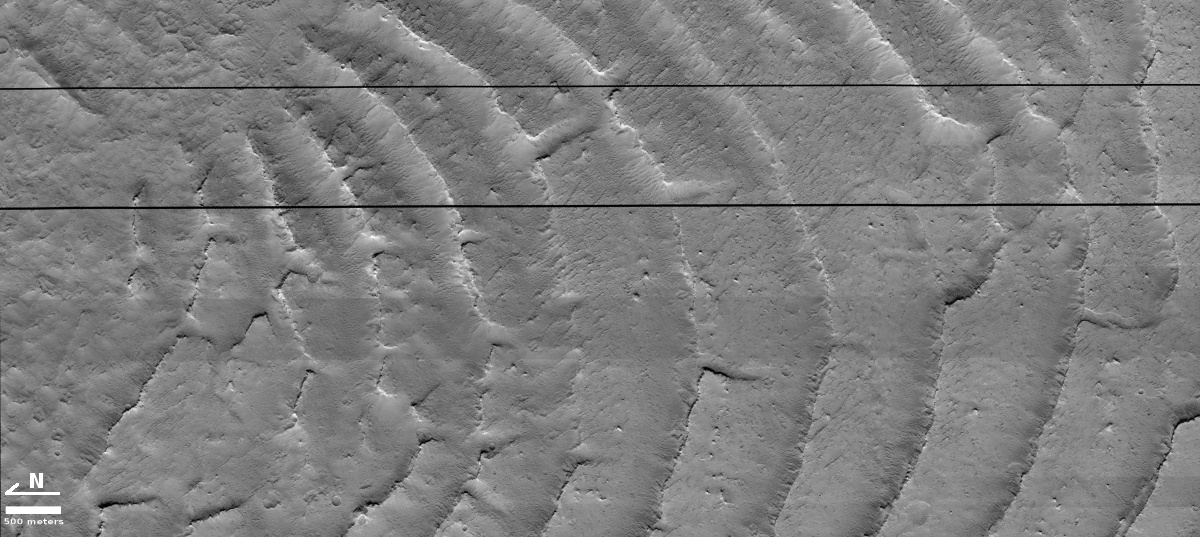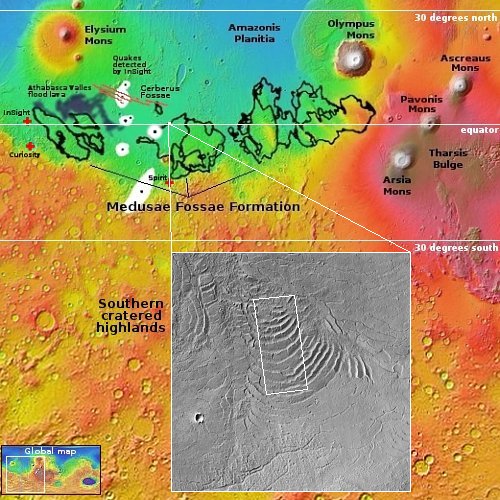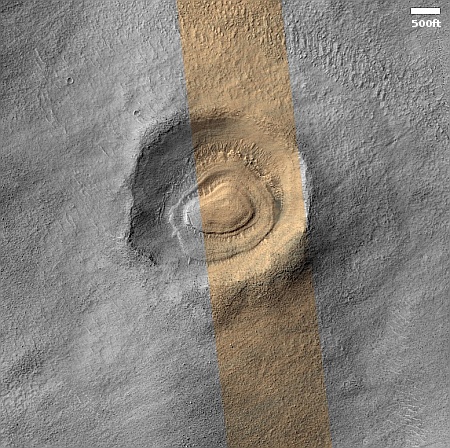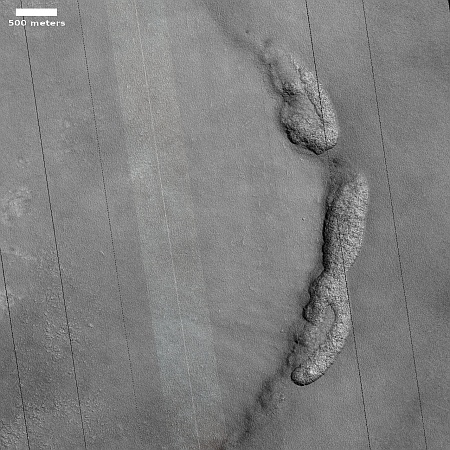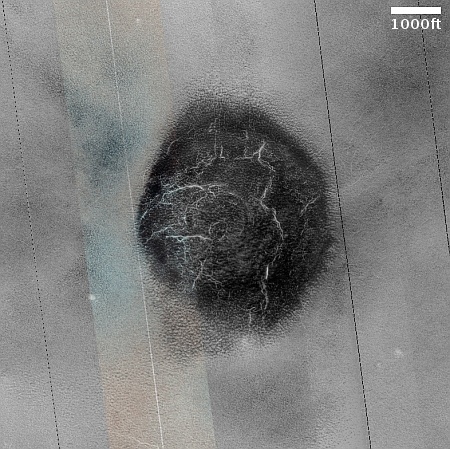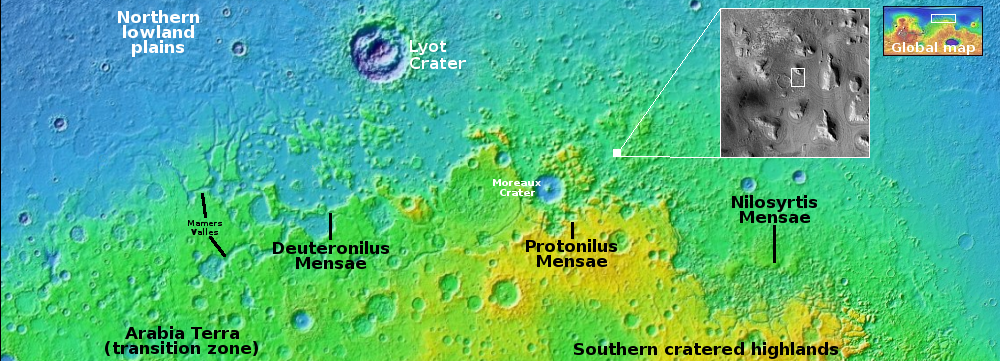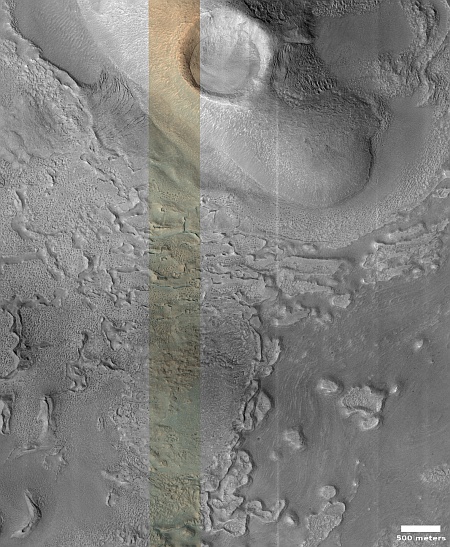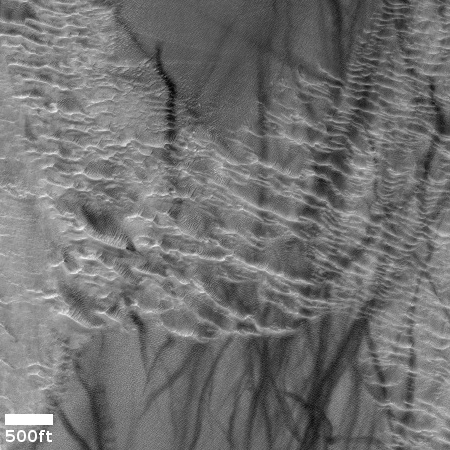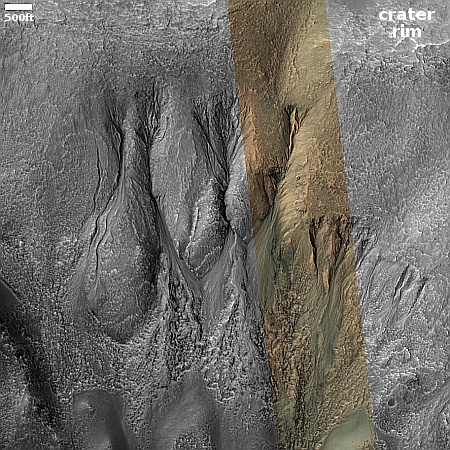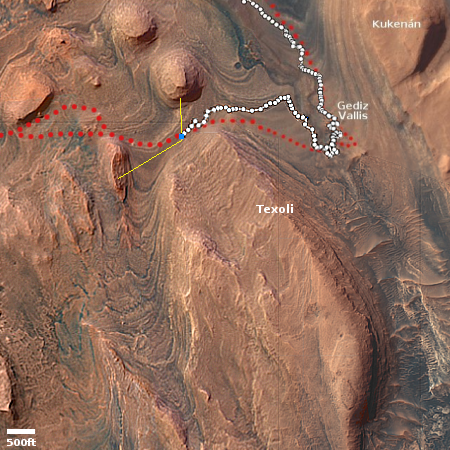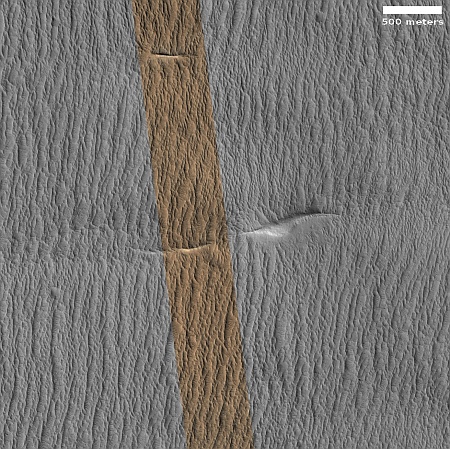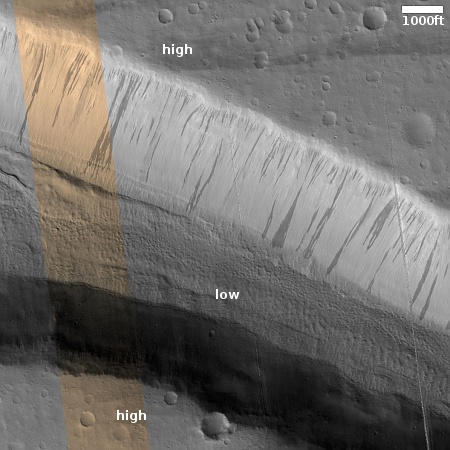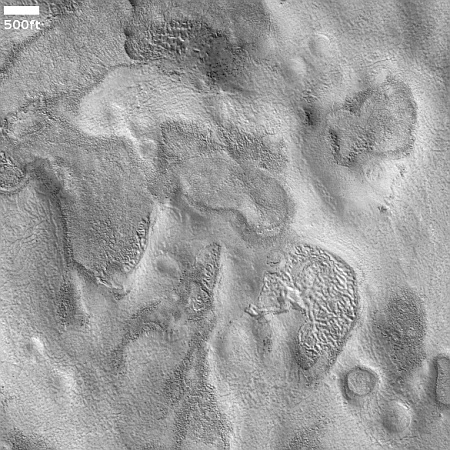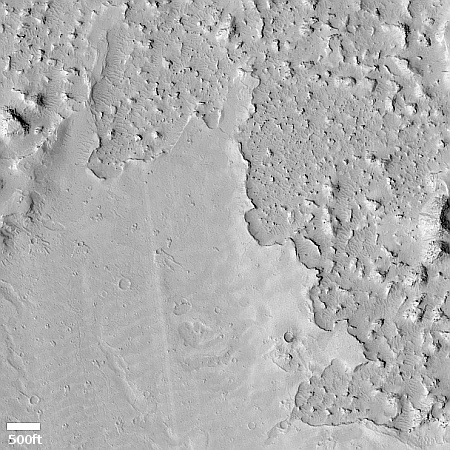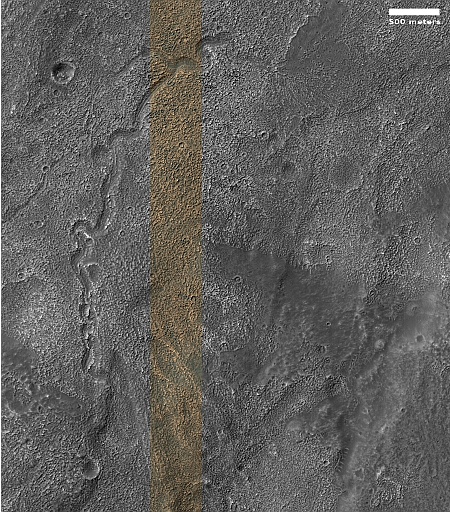Blue Ghost successfully completes a soft landing

Blue Ghost’s shadow on the Moon,
with the Earth in the background.
Firefly tonight became the second private commercial company to land a spacecraft softly on the Moon, its Blue Ghost successfully touching down within Mare Crisium on the northwest quadrant of the visible near side.
At this moment we do not have details about the spacecraft’s condition. Nonetheless NASA bigwigs have come out of hiding to celebrate (if the landing failed they would have likely quietly disappeared). Lots of blather about “important scientific research” but the most important data from this mission is the engineering.
I think the viewers would much rather stay with mission control to hear details about Blue Ghost’s condition. One big unknown is that, of the four landing leg pads, one did not register contact with the ground, though this appears to simply be a failure of the sensor. Just after landing one engineer in mission controler announced the spacecraft was stable, but more information would be of more useful than listening to upper managers from NASA puff themselves. (It is also getting tiresome that the announcers seem incapable of asking anything but “How do you feel?”, one of the most useless questions a journalist can ever ask.)
The first photos are expected shortly. I will update when available.

Blue Ghost’s shadow on the Moon,
with the Earth in the background.
Firefly tonight became the second private commercial company to land a spacecraft softly on the Moon, its Blue Ghost successfully touching down within Mare Crisium on the northwest quadrant of the visible near side.
At this moment we do not have details about the spacecraft’s condition. Nonetheless NASA bigwigs have come out of hiding to celebrate (if the landing failed they would have likely quietly disappeared). Lots of blather about “important scientific research” but the most important data from this mission is the engineering.
I think the viewers would much rather stay with mission control to hear details about Blue Ghost’s condition. One big unknown is that, of the four landing leg pads, one did not register contact with the ground, though this appears to simply be a failure of the sensor. Just after landing one engineer in mission controler announced the spacecraft was stable, but more information would be of more useful than listening to upper managers from NASA puff themselves. (It is also getting tiresome that the announcers seem incapable of asking anything but “How do you feel?”, one of the most useless questions a journalist can ever ask.)
The first photos are expected shortly. I will update when available.

